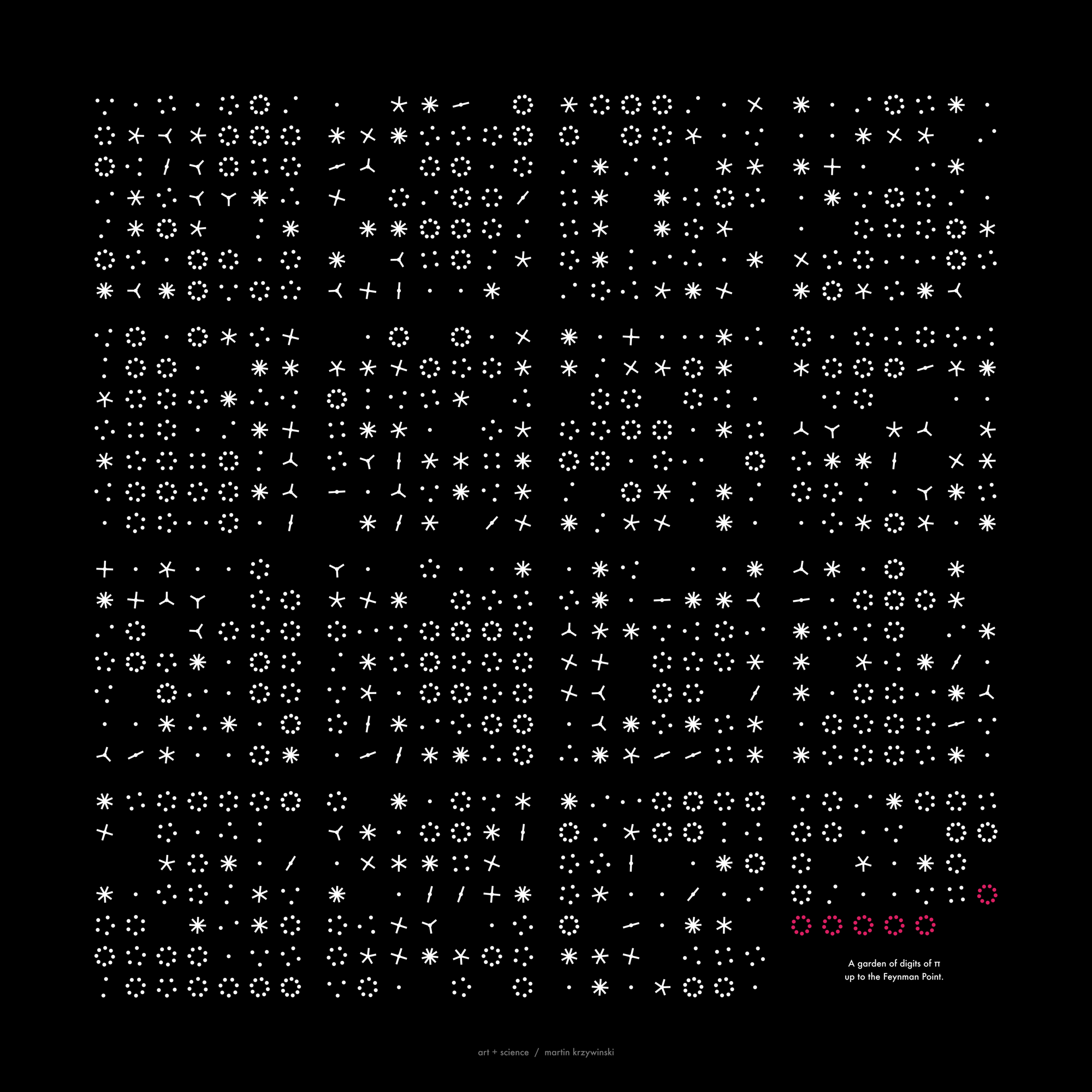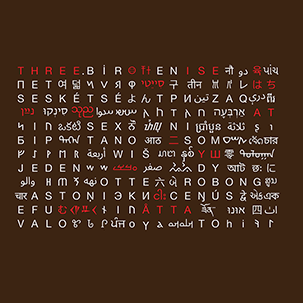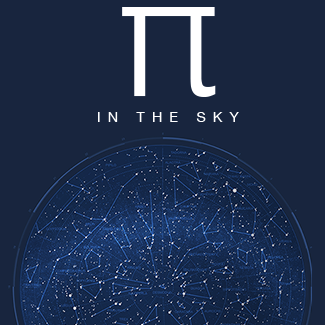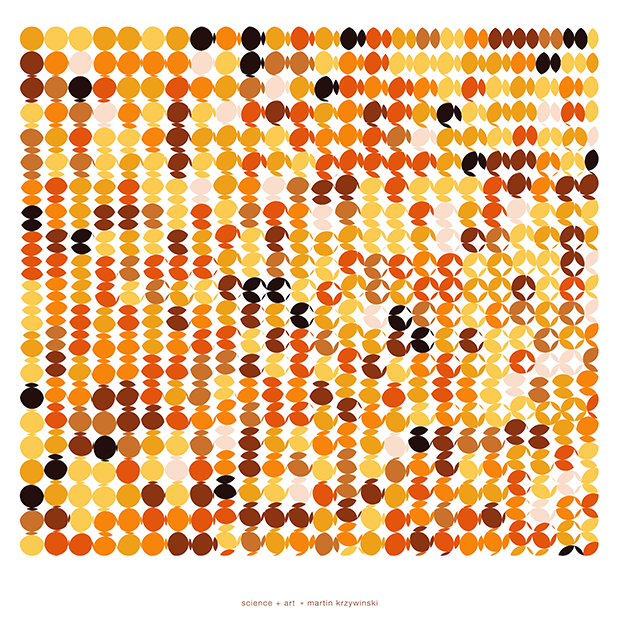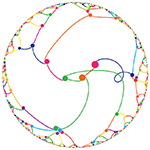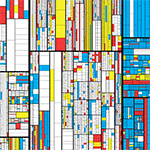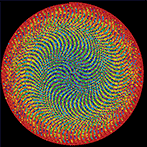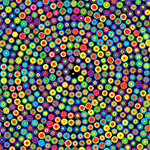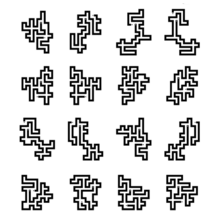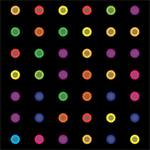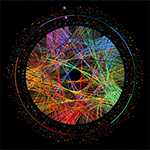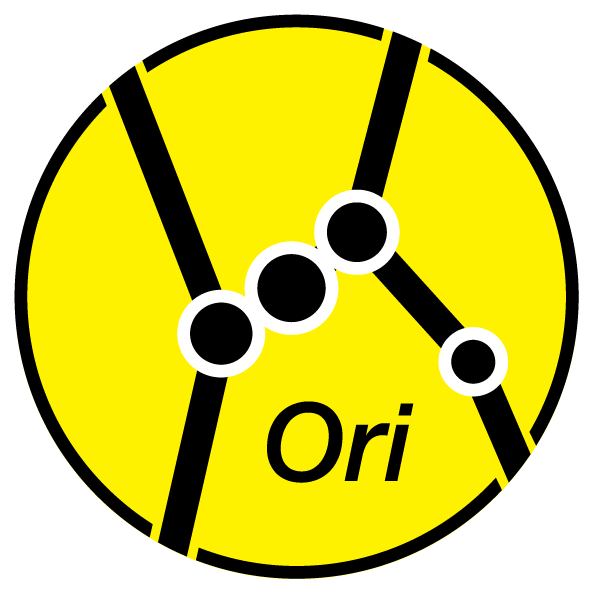`\pi` Day 2017 Art Posters - Star charts and extinct animals and plants
On March 14th celebrate `\pi` Day. Hug `\pi`—find a way to do it.
For those who favour `\tau=2\pi` will have to postpone celebrations until July 26th. That's what you get for thinking that `\pi` is wrong. I sympathize with this position and have `\tau` day art too!
If you're not into details, you may opt to party on July 22nd, which is `\pi` approximation day (`\pi` ≈ 22/7). It's 20% more accurate that the official `\pi` day!
Finally, if you believe that `\pi = 3`, you should read why `\pi` is not equal to 3.
Caelum non animum mutant qui trans mare currunt.
—Horace
This year: creatures that don't exist, but once did, in the skies.
This year's `\pi` day song is Exploration by Karminsky Experience Inc. Why? Because "you never know what you'll find on an exploration".
create myths and contribute!
Want to contribute to the mythology behind the constellations in the `\pi` in the sky? Many already have a story, but others still need one. Please submit your stories!
Here I make available all the files you need to reconstruct the chart. All files are plain text and designed to be easily parsable.
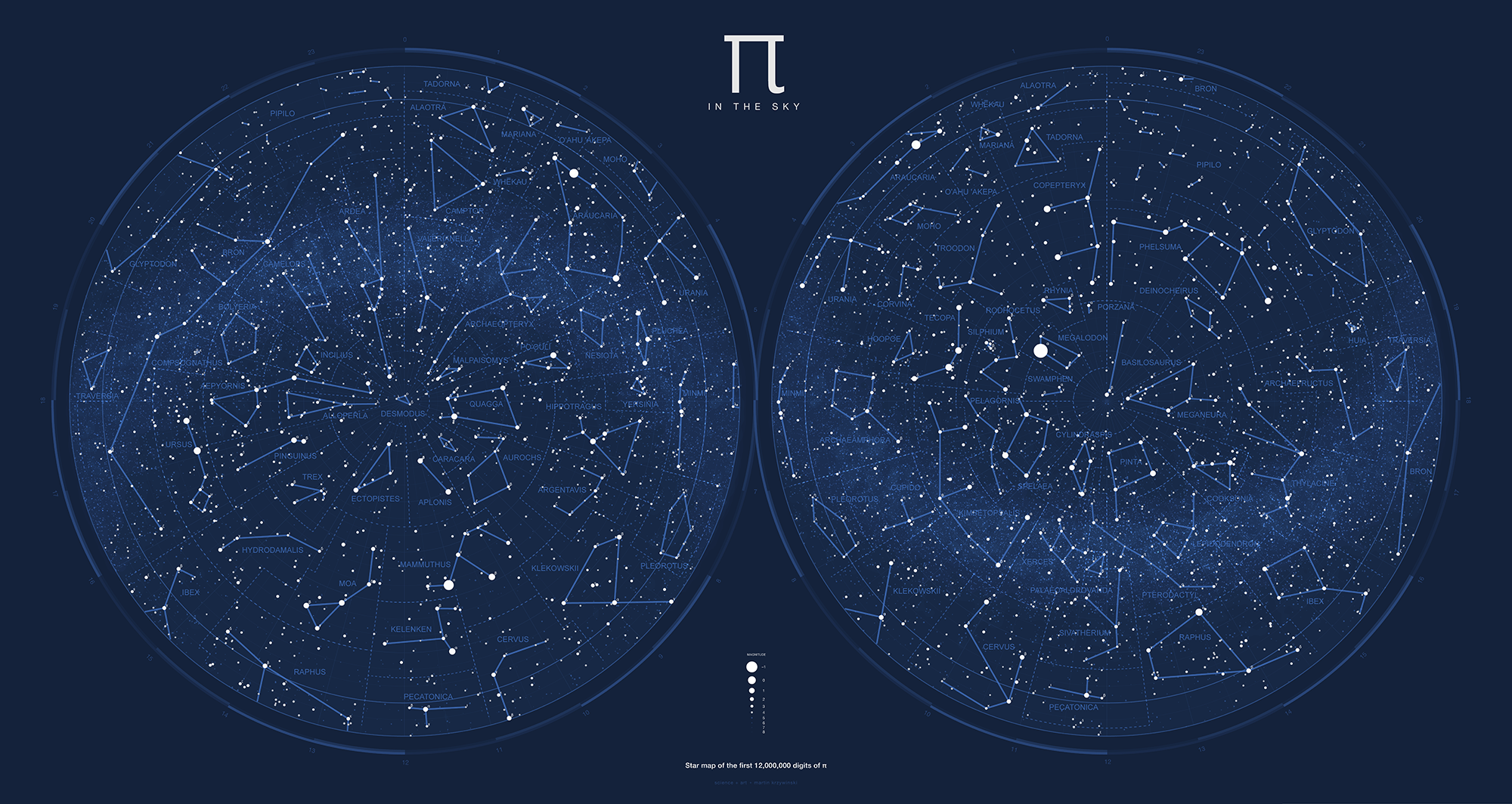 buy artwork
buy artwork
For the simplest chart, you'll need the star catalogue which already provides the longitude and latitude coordinates for each star. It'll be up to you to choose and calculate a projection.
You can then layer constellations, which are defined by a list of edges. If you like, you can draw boundaries around each constellation, which are also provided.
Star-to-constellation mapping is also given, which allows you to create labels for the stars within each constellation based on relative brightness.
Finally, you can get the species details for each constellation, including the Latin name of the species, Wikipedia URL and (for many) the mythology of the constellation.
star catalogue
The star catalog generated from the first 12 million digits of `\pi`.
DOWNLOAD # idx digits name x y z long lat dist mabs mapp 0 314159265358 a -1859 926 35 145.339 38.384 2077.157 3.00 14.59 1 979323846264 b 4793 -2616 126 -38.404 -39.555 5461.884 -1.00 12.69 2 338327950288 c -1617 -2205 -472 -110.162 32.164 2774.797 3.00 15.22 3 419716939937 d -803 -3307 493 -105.489 3.655 3438.620 2.00 14.68 ... 999996 601538500580 cexhk 1015 -1150 -442 -48.144 -14.704 1596.273 -5.00 6.02 999997 420478142596 cexhl -796 2814 -241 97.939 14.471 2934.330 1.00 13.34 999998 278256213419 cexhm -2218 621 -159 156.900 46.719 2308.776 4.00 15.82 999999 453839371943 cexhn -462 -1063 -306 -95.924 26.937 1198.770 -2.00 8.39
constellation definitions
Constellations were manually defined. Each constellation has a name and abbreviation (first 3 characters unless longer is required to uniquely specify it). Shown next is the number of stars used to define the constellation and their names, as appear in the star catalogue file above. Next is the number of edges and the star pairs that define the edges of the constellation. The edges are not in any particular order and have no direction. Any spaces in names are encoded with _.
DOWNLOAD # idx n_stars n_edges name abbrev stars edges ... 2 3 3 alaotra ala blts,btosf,cbkbw btosf-cbkbw,blts-btosf,blts-cbkbw 3 4 4 alloperla all ghyr,pwkn,ssrx,ugwt pwkn-ssrx,pwkn-ghyr,ugwt-pwkn,ssrx-ghyr 4 2 1 aplonis apl cbocd,rllm rllm-cbocd ...
You can use this file to quickly search for certain shapes. For example, triangular constellations are those that have 3 stars and 3 edges.
> grep " 3 3" constellations.def.txt 2 3 3 alaotra ala blts,btosf,cbkbw btosf-cbkbw,blts-btosf,blts-cbkbw 16 3 3 camptor camp benxf,bqvh,bwqed bqvh-benxf,bwqed-bqvh,bwqed-benxf 26 3 3 desmodus des bfnqu,mork,zwzy bfnqu-mork,zwzy-bfnqu,zwzy-mork 27 3 3 ectopistes ect bopmt,cbquf,wmnw cbquf-bopmt,wmnw-cbquf,wmnw-bopmt 30 3 3 hoopoe hoo bpsop,bvmjh,tryh tryh-bvmjh,bpsop-tryh,bpsop-bvmjh 31 3 3 huia hui ccteo,xbvq,yqet xbvq-yqet,ccteo-xbvq,ccteo-yqet 39 3 3 malpaisomys mal bucqd,likq,nqn nqn-bucqd,likq-nqn,likq-bucqd 41 3 3 mariana mar gmps,jydb,pcjx pcjx-gmps,jydb-pcjx,jydb-gmps 49 3 3 palaeoaldrovanda pal bedae,oife,saz bedae-saz,oife-bedae,oife-saz 63 3 3 rhynia rhy bpviv,cenuk,hivz bpviv-hivz,cenuk-bpviv,cenuk-hivz 65 3 3 silphium sil bjesg,bmquw,bpxia bmquw-bpxia,bjesg-bmquw,bjesg-bpxia 69 3 3 tadorna tad bukqe,cbtrx,epdx cbtrx-epdx,bukqe-cbtrx,bukqe-epdx 72 3 3 traversia tra fcnw,fywb,puib fywb-fcnw,puib-fywb,puib-fcnw 80 3 3 yersinia yer colq,ibls,zgvy ibls-zgvy,colq-ibls,colq-zgvy
constellation boundaries
The boundaries were manually defined. Shown here, for each constellation, is the constellation's area, perimeter center and boundary `(x,y)` pairs, delimited by : and represent a closed polygon that encloses the constellation's stars.
All values are longitude and latitude. The three constellations listed below are ones with smallest area.
DOWNLOAD # abbrev area perimeter centroid_xy boundary_xy_pairs ... com 74.83 34.96 -102.50,26.25 -100.00,30.00:-102.50,30.00:-105.00,30.00:-107.50,30.00:-107.50,27.50: -107.50,25.00:-107.50,22.51:-105.00,22.51:-102.50,22.51:-100.00,22.51: -97.51,22.51:-97.51,25.00:-97.51,27.50:-97.51,30.00:-100.00,30.00 pal 50.02 30.00 3.43,-40.93 5.00,-37.49:2.50,-37.49:0.00,-37.49:0.00,-40.00:0.00,-42.50:0.00,-45.00: 2.50,-45.00:5.00,-45.00:5.00,-42.50:7.49,-42.50:7.49,-40.00:7.49,-37.49:5.00,-37.49 sil 37.57 25.02 115.00,-51.25 115.00,-47.50:112.49,-47.50:112.49,-50.00:112.49,-52.49:112.49,-55.00: 115.00,-55.00:117.50,-55.00:117.50,-52.49:117.50,-50.00:117.50,-47.50:115.00,-47.50
The boundary polygons abut but do not overlap and they cover the entire sky. There is one polygon per consetllation. The total area of all constellations is `360 × 180 = 36800`.
constellation star membership
This is a list of all the stars on the chart and their constellation membership. A star is considered to be in a constellation if it falls within the constellation boundary.
The `i` and `j` indexes give the relative brightness of the star on the map and in the constellation, respectively. If a star is used to define the constellation edges it gets a + otherwise -.
DOWNLOAD # abbreviation star i j mapp on_edge? aep bkawv 35 0 1.34 + aep gql 65 1 1.63 + aep cavix 72 2 1.71 + aep bqxvm 137 3 2.25 + aep tjow 158 4 2.31 + aep beelq 176 5 2.39 + ... yer jjlj 39365 412 7.24 - yer bgswm 39464 413 7.24 - yer ittu 39546 414 7.24 - yer wakp 39556 415 7.24 - yer bedks 39667 416 7.25 - yer gxzo 39817 417 7.25 -
To lookup the 10 brightest stars, sort on the i index. Here we see that megal (Megalodon) has the brightest star in the sky, jkxo with apparent magnitude `-2.05`. The next two brighest stars are in mam (Mammuthus) and ara (Araucaria).
> cat constellations.stars.txt | sort -n +2 -3 | head -10
megal jkxo 0 0 -2.05 +
mam btsqy 1 0 -0.73 +
ara ccijs 2 0 -0.38 +
rap btaum 3 0 0.26 +
urs bxlss 4 0 0.26 +
tec bgrdk 5 0 0.43 +
cop itwr 6 0 0.45 +
ara mrvq 7 1 0.54 +
phe loju 8 0 0.54 +
mam bhlbw 9 1 0.55 +
To get a list of the brightest star in each constellation, just search for " 0 ". Below I show this list sorted by brightness.
> cat constellations.stars.txt | grep " 0 "| sort -n +4 -5
megal jkxo 0 0 -2.05 +
mam btsqy 1 0 -0.73 +
ara ccijs 2 0 -0.38 +
rap btaum 3 0 0.26 +
urs bxlss 4 0 0.26 +
tec bgrdk 5 0 0.43 +
cop itwr 6 0 0.45 +
phe loju 8 0 0.54 +
kel bnhwx 11 0 0.59 +
spe rtep 13 0 0.71 +
...
nes vxou 299 0 2.80 -
aur bmjvf 307 0 2.81 +
tra puib 318 0 2.83 +
pip cecq 358 0 2.91 +
pal oife 389 0 2.97 +
swa gvr 463 0 3.12 +
hui ccteo 485 0 3.17 +
ple bzqur 506 0 3.20 +
com ygrn 875 0 3.64 +
car yjkn 933 0 3.68 +
For example, tec (Tecopa) has bgrdk as its brightest star, which is 6th brightest in the sky with an apparent magnitude of 0.43.
The constellation whose brightest star is dimmest of all first brightest stars is car (Caracara). Its brightest star is yjkn which is 934th brightest in the sky with an apparent magnitude of 3.68.
To get the number of stars in each constellation, just add the number of times the constellation abbreviation appears. Bron has the most stars of any constellation, more than twice as many as the next one, archaeo (Archaeopteryx). Both car (Caracara) and por (Porzana) have only 7 stars each, the fewest of all constellations.
5230 bro
2287 archaeo
2205 thy
2155 kim
1838 archaea
1789 came
1768 ard
...
20 megal
19 swa
17 mar
12 rhy
8 sil
7 por
7 car
constellation names, stories and links
The constellations are in no particular order in this file.
DOWNLOAD # constellation name # hemisphere (n north, s south, b both) # common name # Latin name # extinction date # URL # optional story aplonis n mysterious bird of Ulieta Aplonis ulietensis 1774-1850 https://en.wikipedia.org/wiki/Raiatea_starling desmodus n Giant Vampire Bat Desmodus draculae Pleistocene or early Holocene https://www.thoughtco.com/recently-extinct-shrews-bats-and-rodents-1092147 It is thought that each night Desmodus flies up against the dome of the sky, looking for a way to escape. ...
Nasa to send our human genome discs to the Moon
We'd like to say a ‘cosmic hello’: mathematics, culture, palaeontology, art and science, and ... human genomes.



Comparing classifier performance with baselines
All animals are equal, but some animals are more equal than others. —George Orwell
This month, we will illustrate the importance of establishing a baseline performance level.
Baselines are typically generated independently for each dataset using very simple models. Their role is to set the minimum level of acceptable performance and help with comparing relative improvements in performance of other models.

Unfortunately, baselines are often overlooked and, in the presence of a class imbalance5, must be established with care.
Megahed, F.M, Chen, Y-J., Jones-Farmer, A., Rigdon, S.E., Krzywinski, M. & Altman, N. (2024) Points of significance: Comparing classifier performance with baselines. Nat. Methods 20.
Happy 2024 π Day—
sunflowers ho!
Celebrate π Day (March 14th) and dig into the digit garden. Let's grow something.

How Analyzing Cosmic Nothing Might Explain Everything
Huge empty areas of the universe called voids could help solve the greatest mysteries in the cosmos.
My graphic accompanying How Analyzing Cosmic Nothing Might Explain Everything in the January 2024 issue of Scientific American depicts the entire Universe in a two-page spread — full of nothing.
The graphic uses the latest data from SDSS 12 and is an update to my Superclusters and Voids poster.
Michael Lemonick (editor) explains on the graphic:
“Regions of relatively empty space called cosmic voids are everywhere in the universe, and scientists believe studying their size, shape and spread across the cosmos could help them understand dark matter, dark energy and other big mysteries.
To use voids in this way, astronomers must map these regions in detail—a project that is just beginning.
Shown here are voids discovered by the Sloan Digital Sky Survey (SDSS), along with a selection of 16 previously named voids. Scientists expect voids to be evenly distributed throughout space—the lack of voids in some regions on the globe simply reflects SDSS’s sky coverage.”
voids
Sofia Contarini, Alice Pisani, Nico Hamaus, Federico Marulli Lauro Moscardini & Marco Baldi (2023) Cosmological Constraints from the BOSS DR12 Void Size Function Astrophysical Journal 953:46.
Nico Hamaus, Alice Pisani, Jin-Ah Choi, Guilhem Lavaux, Benjamin D. Wandelt & Jochen Weller (2020) Journal of Cosmology and Astroparticle Physics 2020:023.
Sloan Digital Sky Survey Data Release 12
Alan MacRobert (Sky & Telescope), Paulina Rowicka/Martin Krzywinski (revisions & Microscopium)
Hoffleit & Warren Jr. (1991) The Bright Star Catalog, 5th Revised Edition (Preliminary Version).
H0 = 67.4 km/(Mpc·s), Ωm = 0.315, Ωv = 0.685. Planck collaboration Planck 2018 results. VI. Cosmological parameters (2018).
constellation figures
stars
cosmology
Error in predictor variables
It is the mark of an educated mind to rest satisfied with the degree of precision that the nature of the subject admits and not to seek exactness where only an approximation is possible. —Aristotle
In regression, the predictors are (typically) assumed to have known values that are measured without error.
Practically, however, predictors are often measured with error. This has a profound (but predictable) effect on the estimates of relationships among variables – the so-called “error in variables” problem.

Error in measuring the predictors is often ignored. In this column, we discuss when ignoring this error is harmless and when it can lead to large bias that can leads us to miss important effects.
Altman, N. & Krzywinski, M. (2024) Points of significance: Error in predictor variables. Nat. Methods 20.
Background reading
Altman, N. & Krzywinski, M. (2015) Points of significance: Simple linear regression. Nat. Methods 12:999–1000.
Lever, J., Krzywinski, M. & Altman, N. (2016) Points of significance: Logistic regression. Nat. Methods 13:541–542 (2016).
Das, K., Krzywinski, M. & Altman, N. (2019) Points of significance: Quantile regression. Nat. Methods 16:451–452.
Convolutional neural networks
Nature uses only the longest threads to weave her patterns, so that each small piece of her fabric reveals the organization of the entire tapestry. – Richard Feynman
Following up on our Neural network primer column, this month we explore a different kind of network architecture: a convolutional network.
The convolutional network replaces the hidden layer of a fully connected network (FCN) with one or more filters (a kind of neuron that looks at the input within a narrow window).
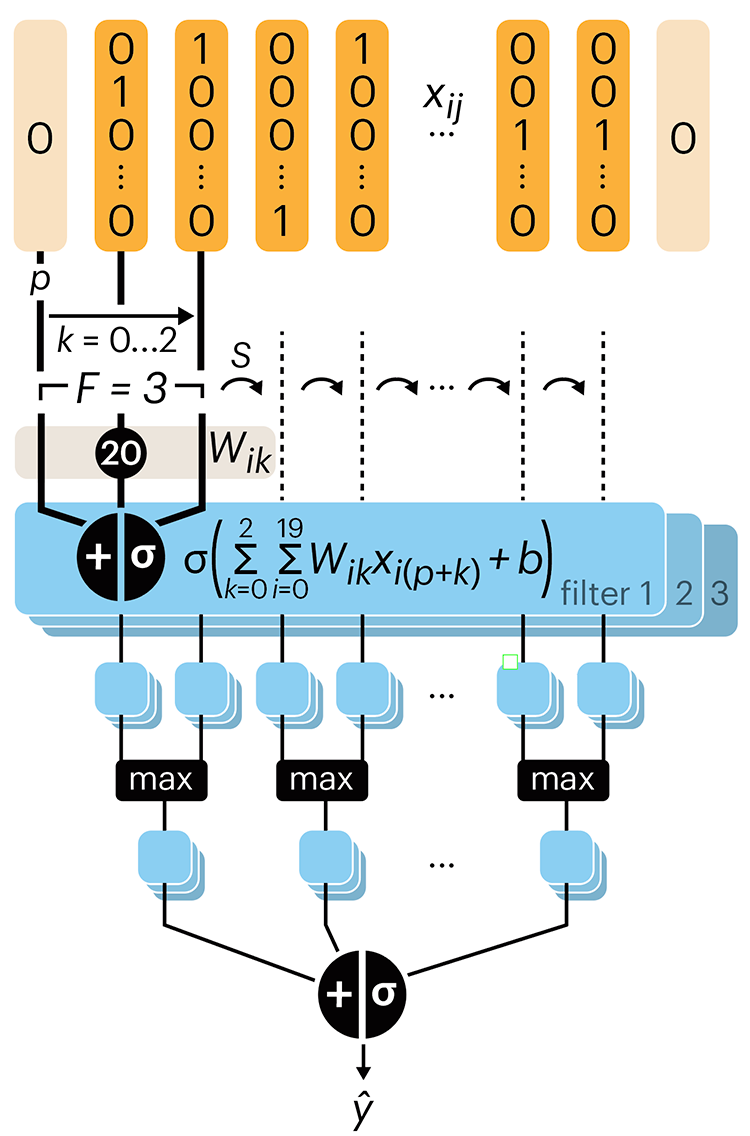
Even through convolutional networks have far fewer neurons that an FCN, they can perform substantially better for certain kinds of problems, such as sequence motif detection.
Derry, A., Krzywinski, M & Altman, N. (2023) Points of significance: Convolutional neural networks. Nature Methods 20:1269–1270.
Background reading
Derry, A., Krzywinski, M. & Altman, N. (2023) Points of significance: Neural network primer. Nature Methods 20:165–167.
Lever, J., Krzywinski, M. & Altman, N. (2016) Points of significance: Logistic regression. Nature Methods 13:541–542.



